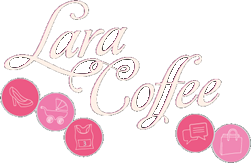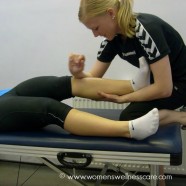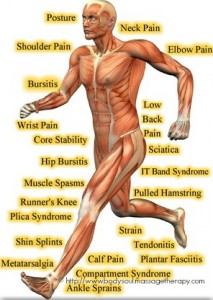Sport Massage for Runners
This month’s massage article is inspired by Lara Coffee’s recent Ironman accomplishment, Congratulations Lara!
Sport massage can be used to supplement the health and wellness of athletes everywhere and a good massage therapist caters the session and treatment plan to the athlete’s specific sport. Doing so allows the session to be as efficient and streamlined as possible and will take into consideration repetitive movements unique to the sport, targeted muscles for the sport, and the conditioning/training schedule of the athlete.
Most runners that I have come across are passionate about running, almost more so than any other athlete is about their sport. Running, though not a contact sport in the traditional sense is incredibly hard on the body. Direct and forceful contact is made striking the ground repetitively sending shock through every joint and muscle in the body.
Running’s Repetitive Movements and Injury
Running is a series of movements continuously repeated which is why runners are at risk for repetitive injury if they are not careful. The most common areas of injury for a runner involve the feet and the knees. The joints of the body are meeting points for two bones and it is the place over which muscles cross resulting in articulation or movement. Injury (not caused by a direct trauma) usually occurs in hypertonic stressed areas where muscles have overly contracted, adhered to adjacent soft tissue areas and pull at the structure causing tension and overload. Overtime a body under stress and fatigue will decrease in productivity and resiliency and become more susceptible to mistakes and injury. It’s the same concept as individuals surviving through sleep deprivation or flourishing when well rested.
The main actions of running are flexion/extension at the hip, knee, and ankle joint. The type of running being done (e.g., hills, sprints, trail, etc.) also affects the body in unique ways due to the strength required of specific muscles and slight adjustments in the actions of each joint.
The most common muscles involved in running are the large powerful muscles of the pelvis- the quadriceps, hamstrings, and glutes. These are the muscles responsible for flexion and extension of the hip, two of the main actions involved in running.
Other significant areas for runners:
Lower Leg muscles (Gastrocnemius and Soleus) that attach to the calcaneal (Achilles) tendon. As a result of the plantar flexion required in running (the action required to put your foot on the gas peddle) these muscles become overly shortened and pull at the Achilles tendon resulting in a pull at the feet. The most efficient way to release the pain in the calves is to work out the plantar fascia at the bottom of the feet. Rolling the feet with either a tennis ball or golf ball will keep everything supple and healthy all the way up the leg.
Here is a video from Swim Bike Run, Runners Massage Solutions.
Iliotibial Band (IT band) This is a structure made of connective tissue that lies on the side of the leg beginning at the hip and ending just below the knee. This sheath attaches to muscles found on the front and back of the body, which is why this can be a very problematic area for runners if not properly addressed. Under stress and fatigue soft tissues can adhere together causing a pull in one or more directions that was not intended for that area of the body, because of its location on the body the ITB can pull the quadriceps group towards the back of the body or pull the hamstrings towards the front of the body causing rotation throughout the hips and the knee. Tight ITB causes pain in the knee because it tracks the patella (knee) out of its normal position.
Here is a video that will demonstrate how to massage an IT Band.
Massage For Runners
A massage therapists’ main goal when working with runners is to support and maintain the body for continued training and prevention of injury. This is done through maintenance massage occurring about once a month to address general tension and tone in the body with special focus on those areas discussed above. Sport massage should increase in frequency at times of increased training to maintain the health of the muscles. If there is pain or injury massage can be an integral part of the recovery and rehabilitation process.
There is a great deal that can be done at home to maintain the health of the runner’s body such as using a ball to roll the bottom of the feet/using a foam roller for the ITband, Stretching, and cross conditioning being sure to include rest days. Having the right equipment is also a big factor in keeping everything healthy and happy.
Talk to a massage therapist and find out how to incorporate massage into your running routine and feel the difference immediately!
Contact Stephanie directly via Email . If you live in Northern Virginia, you can also stop by Lifetime Fitness in Sterling, VA where Stephanie works Monday, Tuesday, and Thursday from 9-4.
- Twitter: Run Stroller Run
- Twitter: Lara Coffee
- Facebook: Run Stroller Run
- Pinterest: Run Stroller Run
- Google+: Run Stroller Run
Hashtag #strollerrunner








